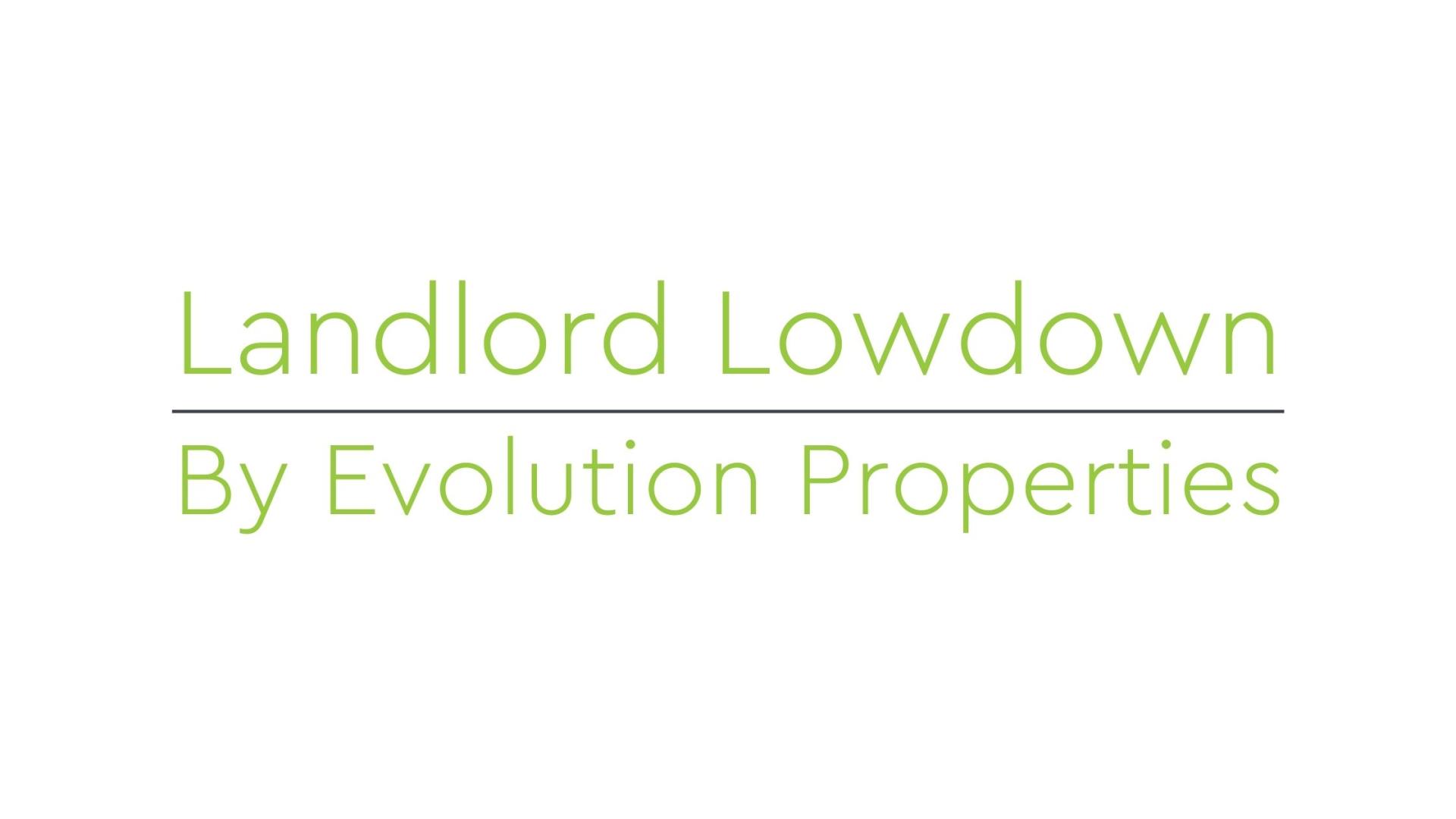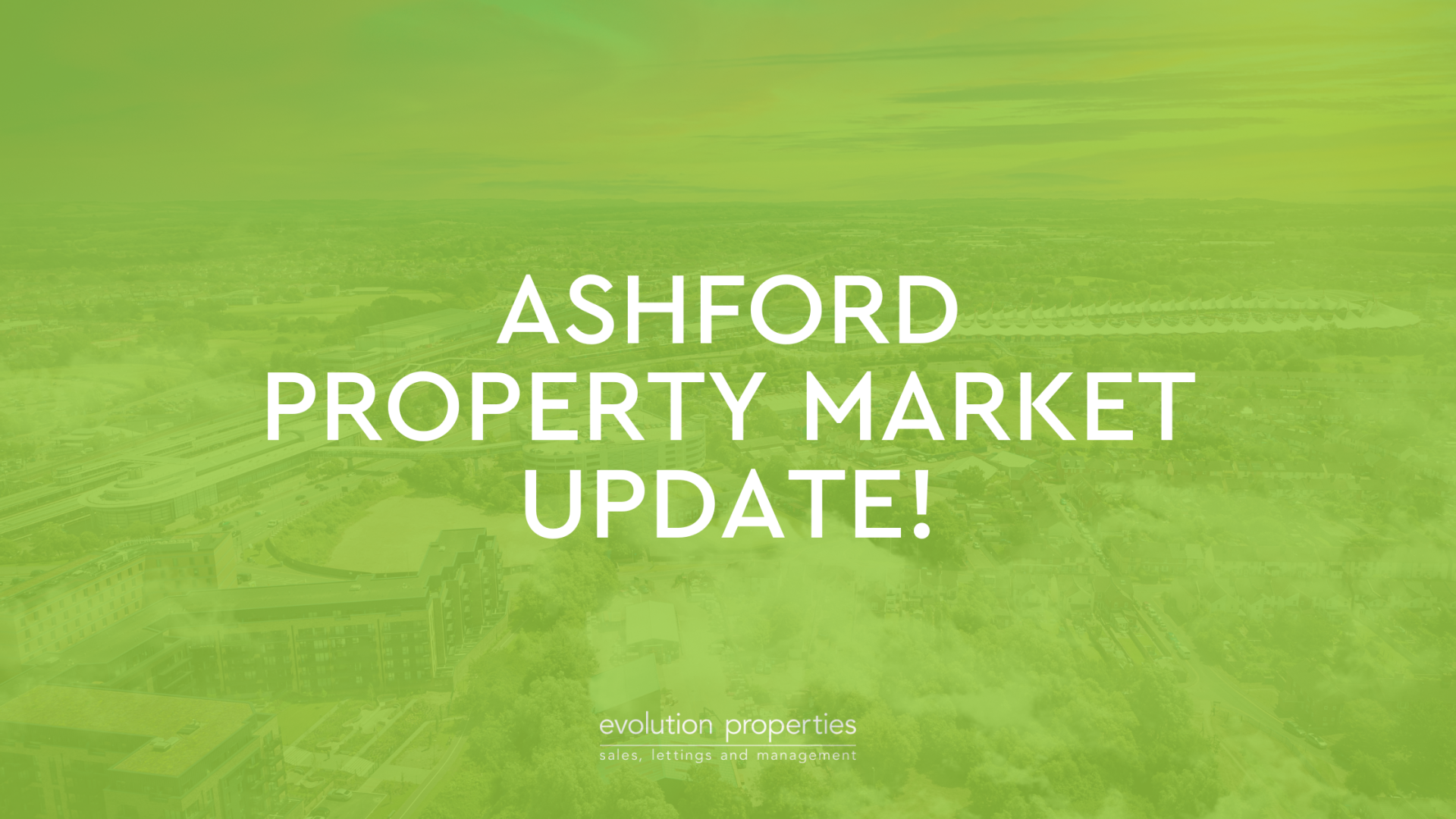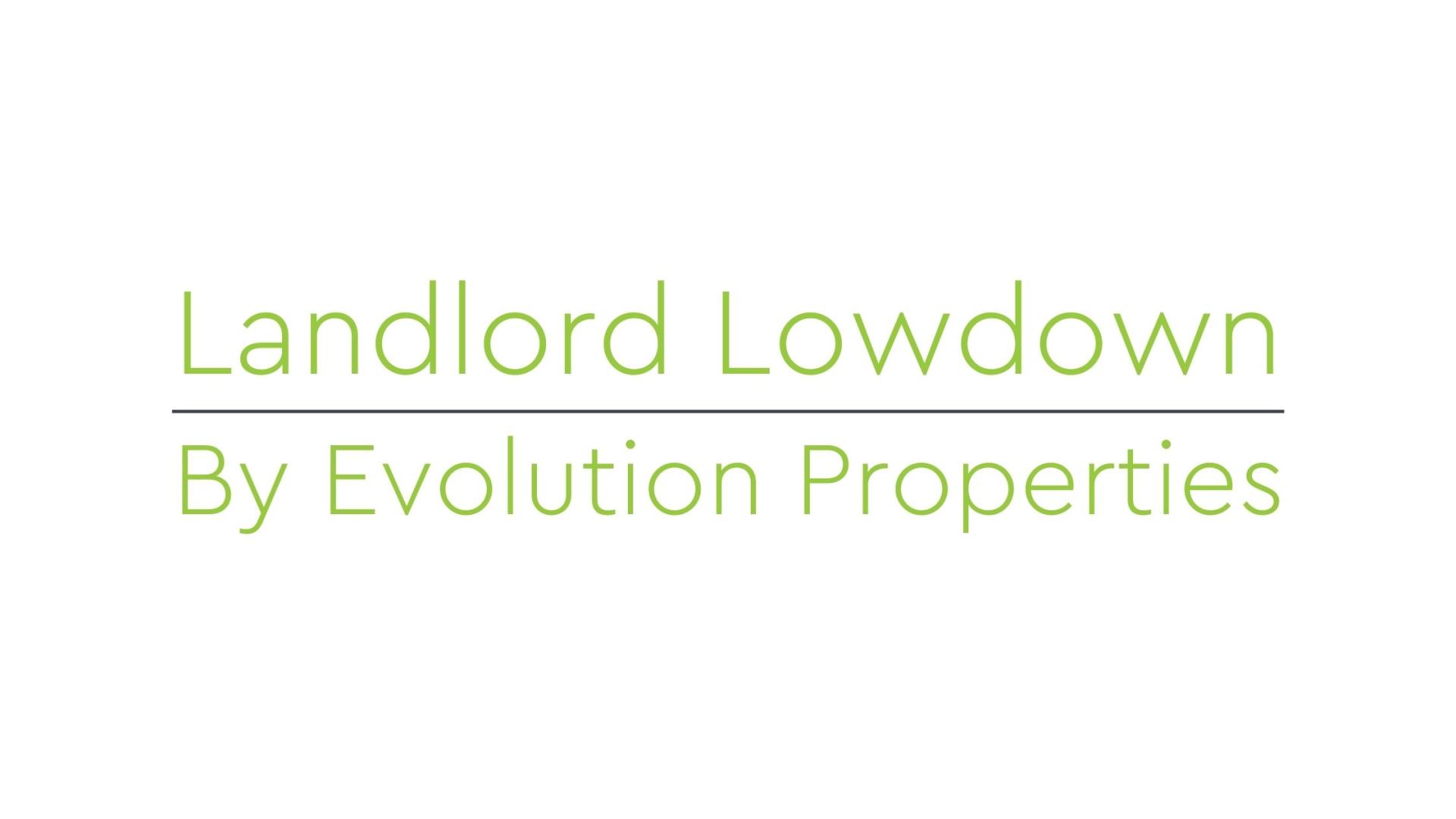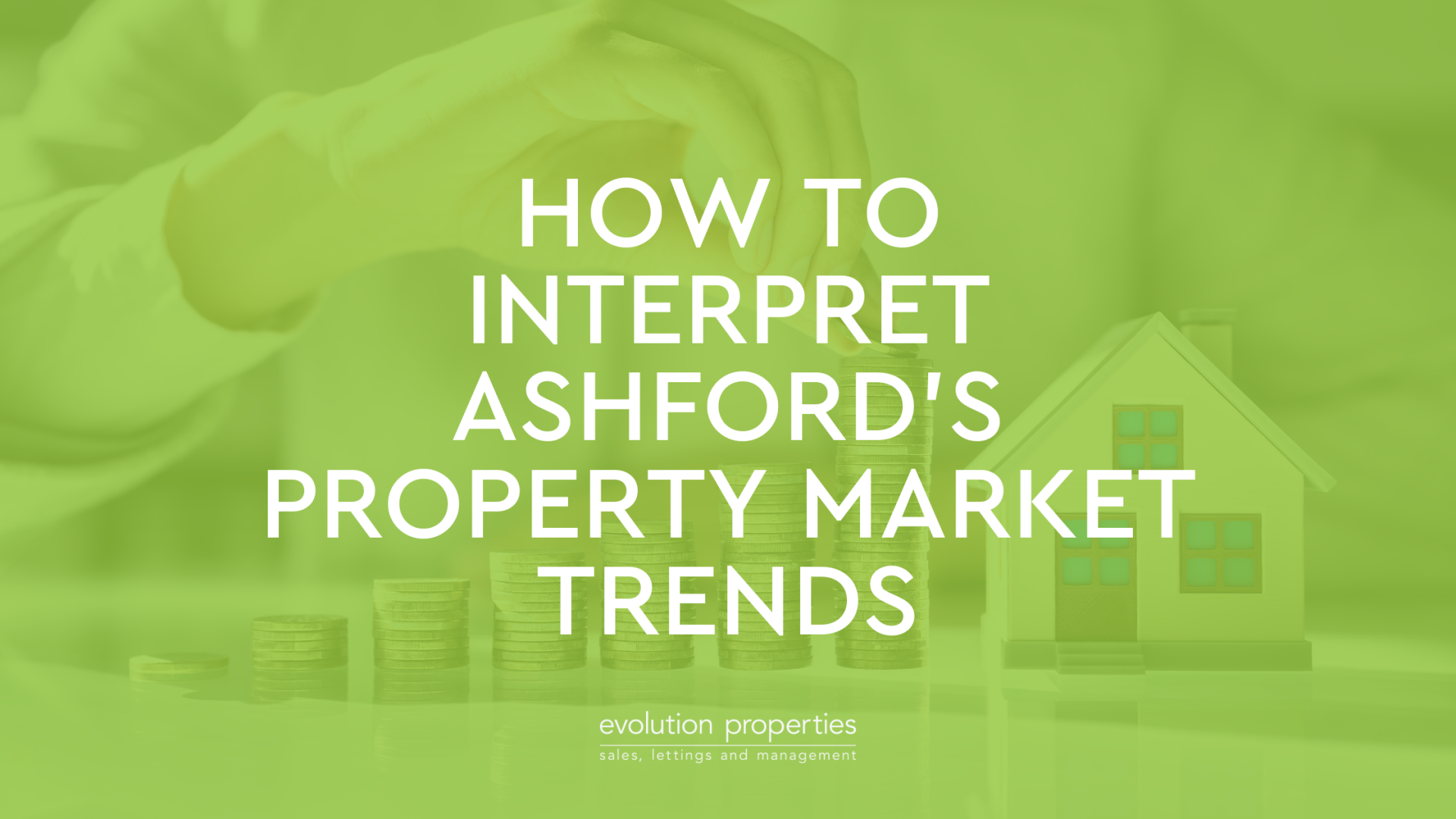Rightmove found that the price of newly-marketed property increased by an average of 0.9% (+£2,841) during May, buoyed by the spring market and remains consistent with the previous two-year average of 1.0%What is surprising against the backdrop of Brexit uncertainty is that four out of eleven regions are showing few signs of any Brexit blues and have set new record highs for average asking prices.Miles Shipside, Rightmove director and housing market analyst comments: “Price increases are the norm at this time of year, with only one fall in the last ten years, as new-to-the-market sellers' price aspirations are under-pinned by the higher buyer demand that is a feature of the spring market. Indeed the 0.9% monthly rise is consistent with the previous two years' average rise of 1.0% over the same period. What will seem inconsistent to some, given the ongoing uncertainty of the Brexit outcome, is that four out of eleven regions have hit record highs for new seller asking prices.”Prospective buyers in Wales, the West and East Midlands, and the North West are being confronted with average prices of property coming to market at all-time highs. While the national rate of increase is virtually flat at +0.1% compared to a year ago, these regions have considerably higher prices than at this time last year, with Wales breaking through the £200,000 barrier for the first time. By contrast, London and its commuter belt (the South East and East of England regions) have seen year-on-year falls.Shipside adds: “Buyers looking in Wales are faced with newly-marketed property prices that are 4.1% higher than 12 months ago, with the West Midlands at 3.0%, the East Midlands at 2.5%, and the North West at 2.1%. These increases are the result of a combination of strong demand, buyers' affordability headroom, and a continuing shortage of suitable properties. Agents in these areas say that Brexit concerns are not really on the agenda of home-movers; they are more concerned with satisfying their housing needs.”Compared to the rest of the UK, property owners in the regions which have reached new record prices seem to be overcoming hesitancy to come to market. Their average number of new sellers so far in 2019 is holding steady compared with last year, at just 0.3% down. In contrast the remaining seven regions are seeing new listing numbers for the year to date down by an average of 6.5% compared with the same period in 2018.Shipside concludes:”Activity breeds activity and a greater choice of fresh properties in these record-setting regions helps to spur buyers into action, especially if they have a property to sell. This in turn adds another new listing that might then tempt another buyer, in a virtuous circle. And in much of the rest of the country, despite the ongoing political uncertainty, agents are reporting that the lure of the right property at the right price still attracts good interest. In spite of some of the challenges in the market, interest in property remains very high.People's ongoing desire to satisfy their pent-up housing needs means that on average someone contacts an agent on Rightmove every second.”As ever, the property industry was quick to react. Here's what they're saying:Jeremy Leaf, north London estate agent and a former RICS residential chairman, says: "Asking prices are not selling prices, which explains why some of these figures do not match results from other recent housing surveys. Overall, although there has been little change, that masks some considerable regional differences. For instance, London is acting as a drag on the rest of the UK housing market and prices don't include inflation so have risen or fallen further in real terms.The spring bounce is taking place but not reaching to the heights we would have expected and certainly not in the capital.Looking forward, we are not expecting significant changes one way or the other, at least until Brexit is clarified."Shepherd Ncube, Founder and CEO of Springbok Properties, commented: “Positive signs for the UK property market and it would seem that the previous tide of low buyer demand levels spurred by Brexit uncertainty is starting to turn.An uplift in buyer sentiment was always likely to materialise as we enter the busiest selling period of the year and this growing demand is pushing asking prices up, driven by the more affordable front runners such as Wales and the Midlands.It is likely that this positive movement in asking price trends should filter down to the rest of the market as the year goes on, but sellers should remain aware that these are still tough market conditions, and pricing based on current market data is essential when looking to secure a smooth sale.”Marc von Grundherr, Director of Benham and Reeves, commented: "While we tend to view London as a separate market to much of the UK already, the current landscape in the capital is clearly fragmented and there are three or four more granular levels at play.What we are currently seeing across the London property market is a 'three-speed' dynamic with outer, more affordable areas doing one thing, the prime market another and the 'regular' market doing something different again.The top end of the market may take solace from a recent bump in the value of their homes, adding on average £74,700 to their notional bank balance, however, it is important to note that there is still a decent sized gap between asking prices and selling prices.That said, the signs are, here at the coal-face, that at last we are seeing increased activity from potential buyers with applicant registrations up quite significantly year on year and as a result, we are now seeing the bottom of the London market."






Share this with
Email
Facebook
Messenger
Twitter
Pinterest
LinkedIn
Copy this link